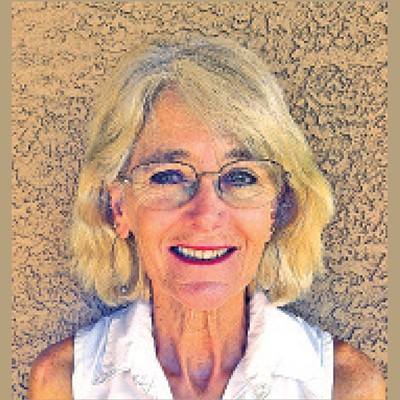The long-awaited sequester is here.
While pundits argue about the consequences, some of Tucson's poorest families are about to experience them first-hand.
An across-the-board cutback to federal government programs and services, the sequester was intended to be too scary for rational folks to sit by and let it happen. Clearly, that strategy hasn't worked.
Like March, the month it took effect, the sequester's in-like-a-lamb start masks what will be out-like-a-lion effects—effects Tucson is sure to feel. We have a major military base, a major defense contractor and a major research university. All will be affected.
But some of the first to be affected are already the most vulnerable.
Starting in April, 250 to 400 Tucson families who receive Section 8 housing assistance will receive notice from the city's housing department that their benefits end in May. This means their lease will terminate and they will need to make arrangements with their landlord or find another place to live.
To impact as few families as possible, the city's administration of the Section 8 program is taking a much steeper cut—31percent—than program vouchers themselves, at 6 percent.
The city is doing what we can to cushion the impact—but there's not a lot we can do. Families will be provided referrals to assistance organizations. But those nonprofits also rely on federal dollars that are being cut. And many shelters are already maxed out.
Last year, the U.S. Census put out a number that surprised some Tucsonans. We are the sixth poorest metropolitan area in the United States. That's not just the City of Tucson, but surrounding areas as well.
A lot of Tucsonans cannot afford the basics. The city's waiting list for Section 8 housing vouchers is closed, with over 10,000 names on it.
I certainly hope Congress gets its act together in time to prevent any Section 8 program terminations from having to take place. Our own representatives, Reps. Raúl M. Grijalva and Ron Barber, are pushing for an end to the sequester.
In the meantime, my Poverty Task Force is looking for ways to help, to see if existing volunteer assistance programs can be expanded, even temporarily.
Tucsonans are already working together on the problem of homelessness. For Congress to change our goal from making gains to holding ground is discouraging, but it points to a need this community has had for decades now.
Tucson loses $70 million or more in state-shared revenue every year because, in Pima County, far fewer residents live in incorporated areas—Tucson, Marana, Oro Valley and Sahuarita —than in Maricopa County, which is almost entirely incorporated.
We need that money here—fixing roads, maintaining parks and staffing our police and fire departments. They are our own tax dollars, that the state sends back to us or spends elsewhere. For that money to continue to flow from the sixth poorest metropolitan area in the country and be spent in Scottsdale or Paradise Valley, simply because Maricopa County has incorporated to a greater degree than Pima County, is unacceptable.
Fixing Congress is a task on one order of magnitude, but fixing this imbalance, this annual drain on our local economy, is something we can do ourselves. Those who live in unincorporated areas of the county need to decide which city or town to belong to, or incorporate a new town, as our friends in Vail are doing.
The mayors in our region are agreed. We need to reclaim our own tax dollars for our own region.
Congress needs to end the sequester. In the meantime, here in Southern Arizona, we need to do what we can to bring tax dollars back to our community.







